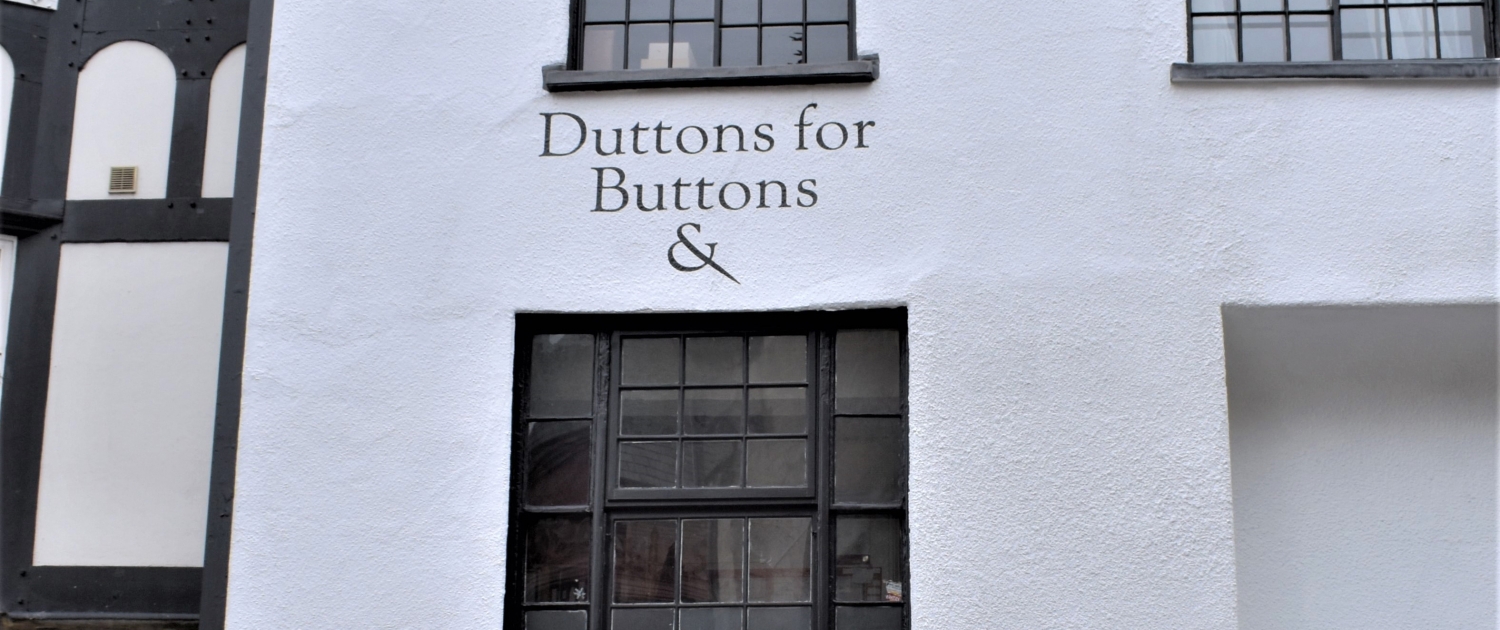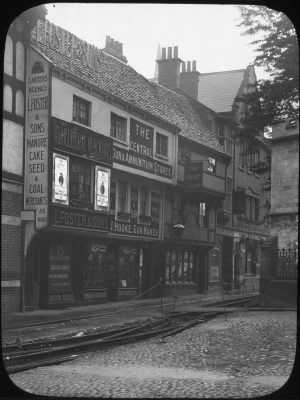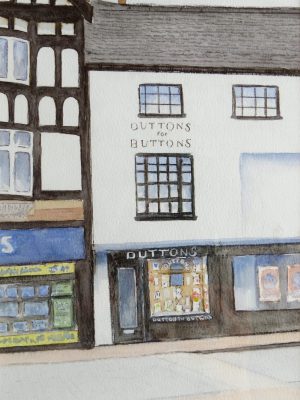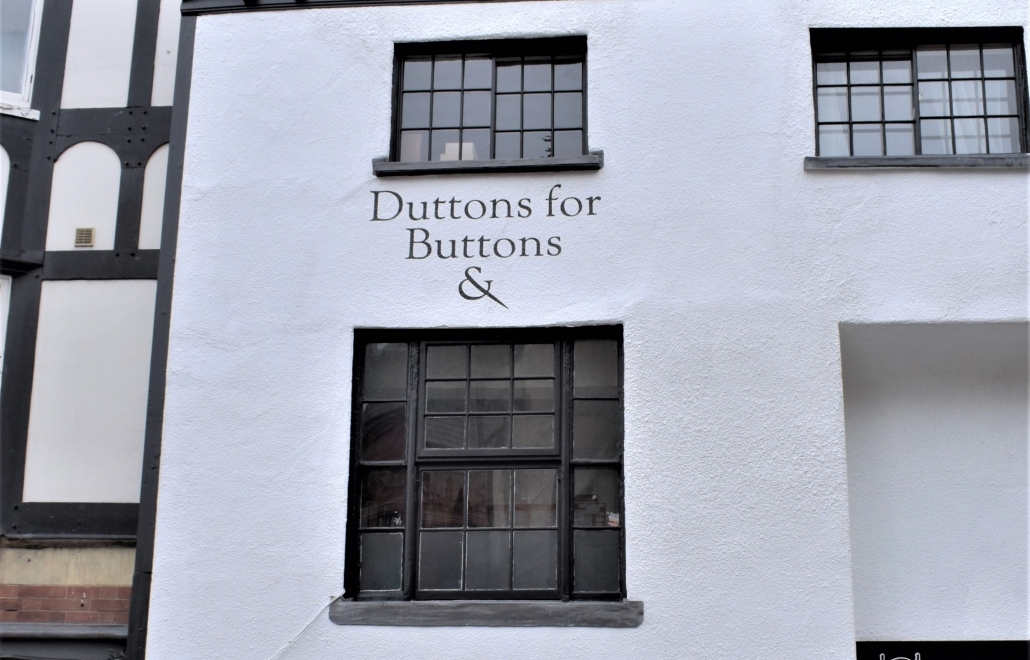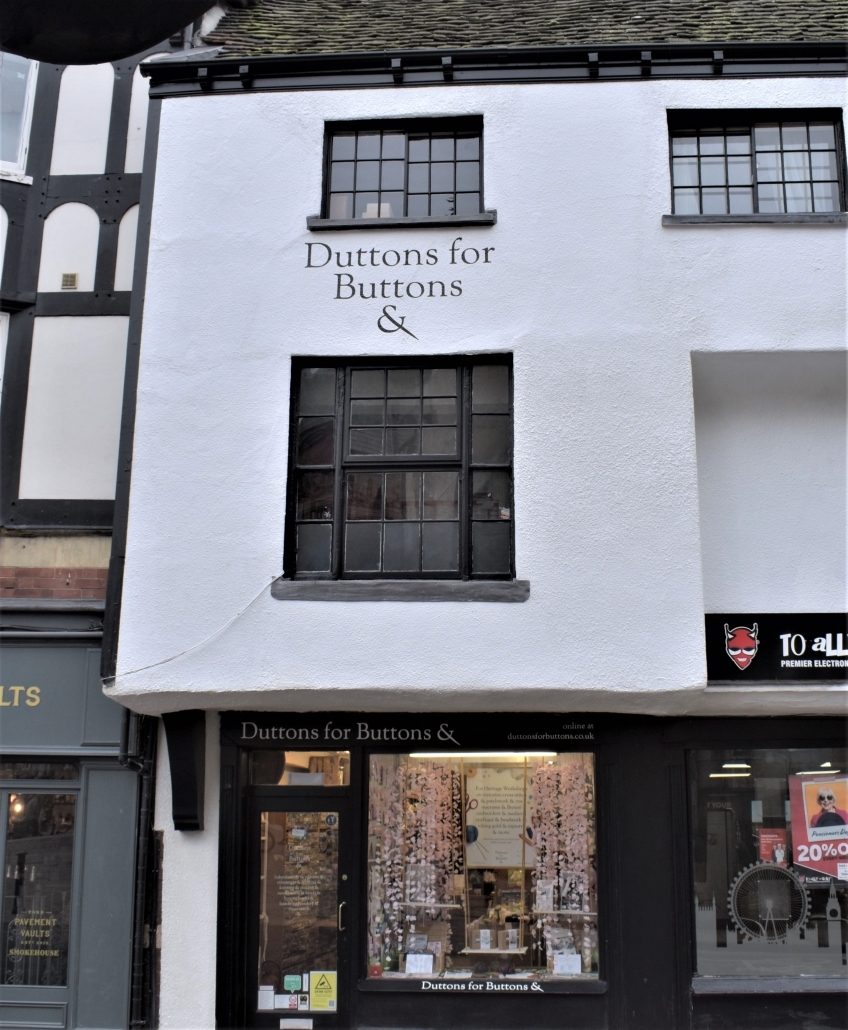Pinnacle Conservation was awarded the main contract for the survey and repair of the render to the external facade of Duttons for Buttons, York.
The grade II* building, part of an earlier Hall House is believed to date back to C15th and is a widely recognised family run business in the centre of York.
The contract works saw render survey works carried out ahead of the main repair and redecoration works.
Duttons for Buttons has been a really interesting and rewarding project for us. Working alongside York Archaeological Trust, we have been
incredibly fortunate to have discovered well preserved remains of earlier 17th and 19th century facades.
The aim of our works were to preserve
these original fabrics with the incision of delicate structural repair materials and then restore the later recovering of the building’s mid-20th Century
Tyrolean render, which has surprisingly helped retain the earlier elements of the building. Our works involved the careful over-boarding of the
earlier facades to match the 20th century finish. It’s highly unusual for us working on a grade II* property to replicate a 1950’s Tyrolean finish,
but it’s been a good challenge.

